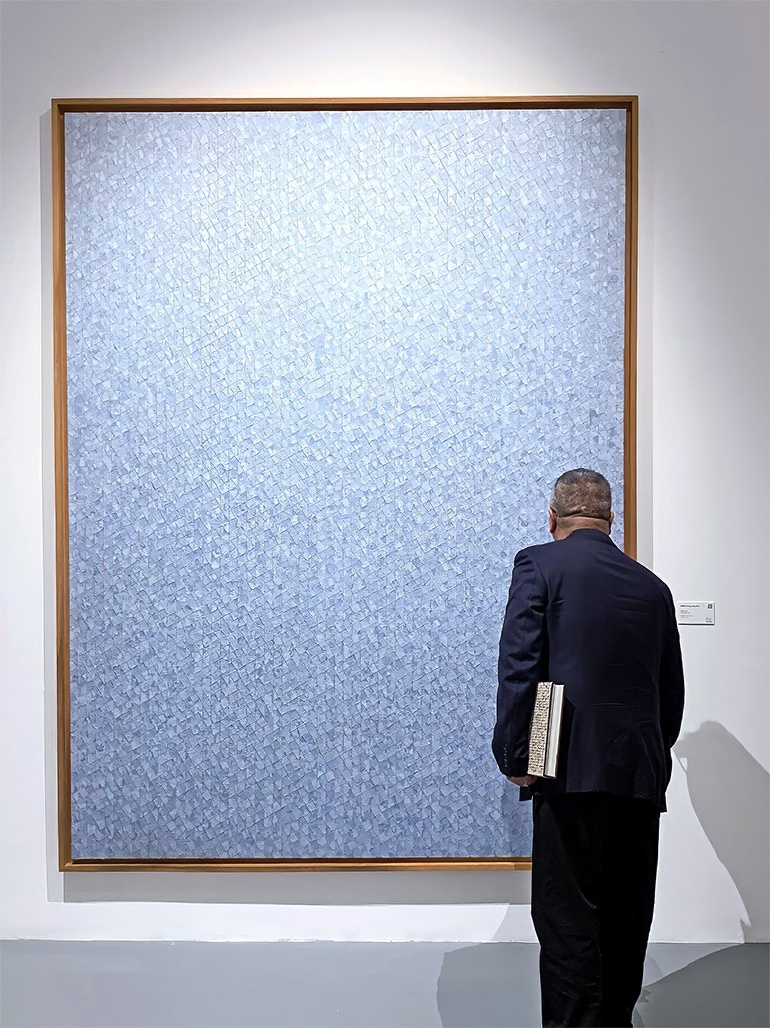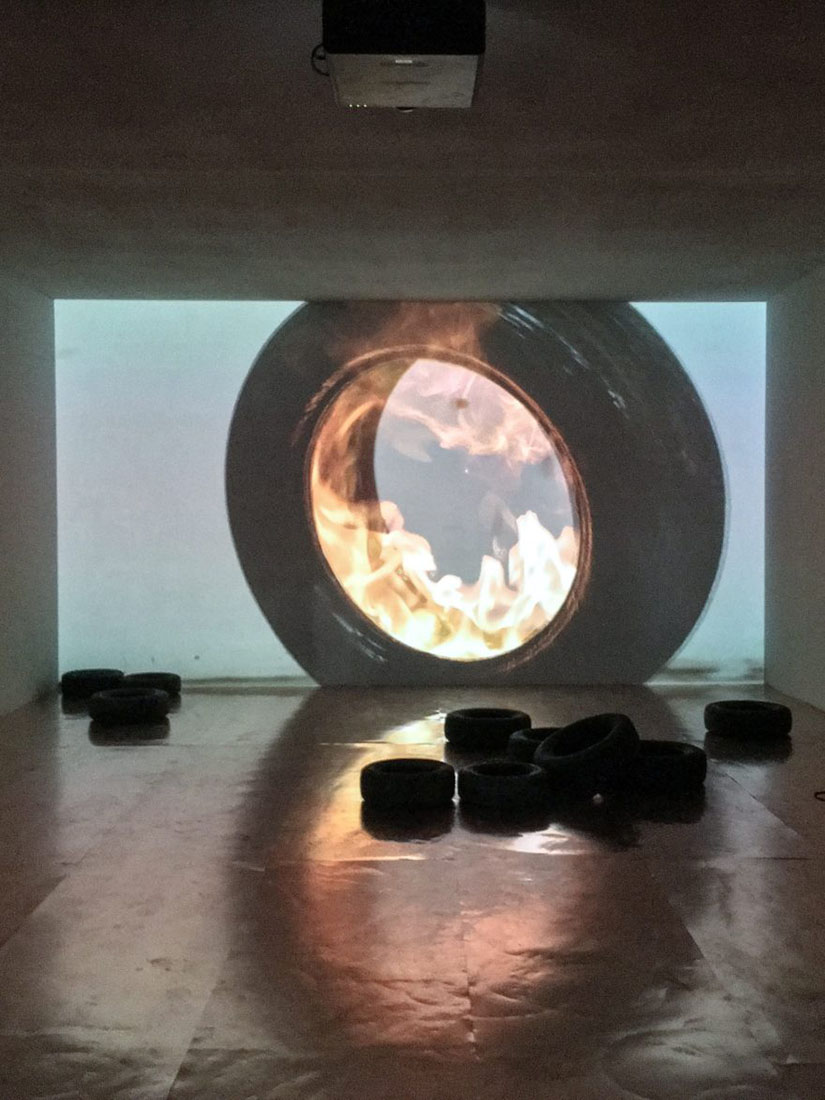Lee Ufan
2 articles
Born in 1936 in Haman-gun, South Korea, Lee Ufan is an internationally recognized sculptor, minimalist painter, and art scholar. He is best known for being one of the founders of the Japanese Mono-ha movement and a member of the Korean Monotone Art movement Dansaekhwa.
In his work, Ufan often creates a juxtaposition between industrial and natural materials, such as natural stones perched on cushions, steel reeds jutting out of a sand patch, or a metal arc towering over boulders. Ufan assembles his sculptures and installations in a manner that the exhibition space, the audience, and his artwork share an equal relationship.

